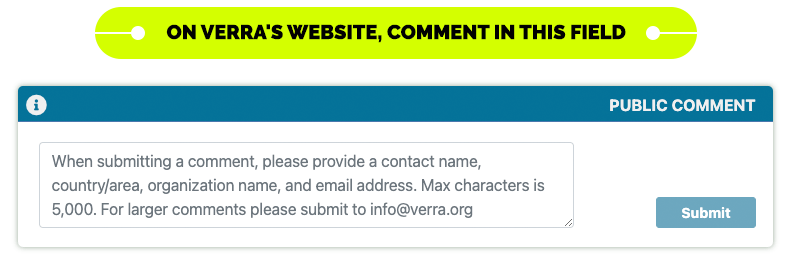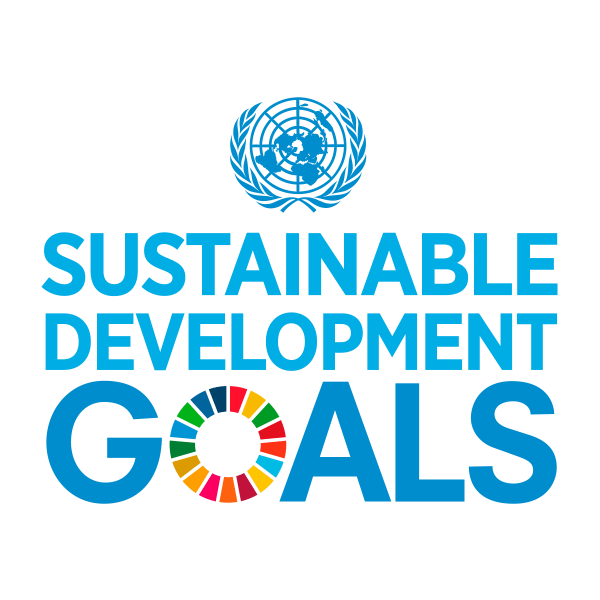Located in the municipality of São Félix do Xingu, the Ateles REDD+ Project takes place in one of the Amazon’s most threatened Conservation Units, a preserved forest fragment that has a rich biodiversity, especially the white-faced spider monkey, Ateles marginatus, which inspired the project’s name.
START
01/07/2022
PA
São Félix do Xingu (Pará – PA)
LOCAL PARTNER

REDUCING DEFORESTATION AND LONG-TERM SUSTAINABLE DEVELOPMENT.
Located in the municipality of São Félix do Xingu, in the southeast of the state of Pará, the Ateles REDD+ Project is located in one of the most threatened Conservation Units in the Amazon, the Triunfo do Xingu Environmental Protection Area.
In this context, the project plays an important environmental role in the region, since it is a preserved forest fragment that has a rich biodiversity, with the occurrence of species of fauna and flora that are threatened or considered to be at risk of extinction, especially the white-faced spider monkey, Ateles marginatus, which inspired the project’s name.
The project aims to guarantee forest conservation and reduce potential greenhouse gas (GHG) emissions resulting from unplanned deforestation and environmental degradation, based on a local economic development model that values the standing forest, encouraging the implementation of agricultural and livestock production systems and models that are adaptive, sustainable and assimilate cultures that are already established and widespread in the region. In addition, in order to guarantee the conservation and protection of biodiversity and natural resources, activities such as the biodiversity conservation program will be established, promoting in situ monitoring of fauna and flora in the Project Area.
Impact of the ATELES REDD+ Project
under management
CO-BENEFITS
The Ateles REDD+ Project contributes to the United Nations Sustainable Development Goals (SDGs)
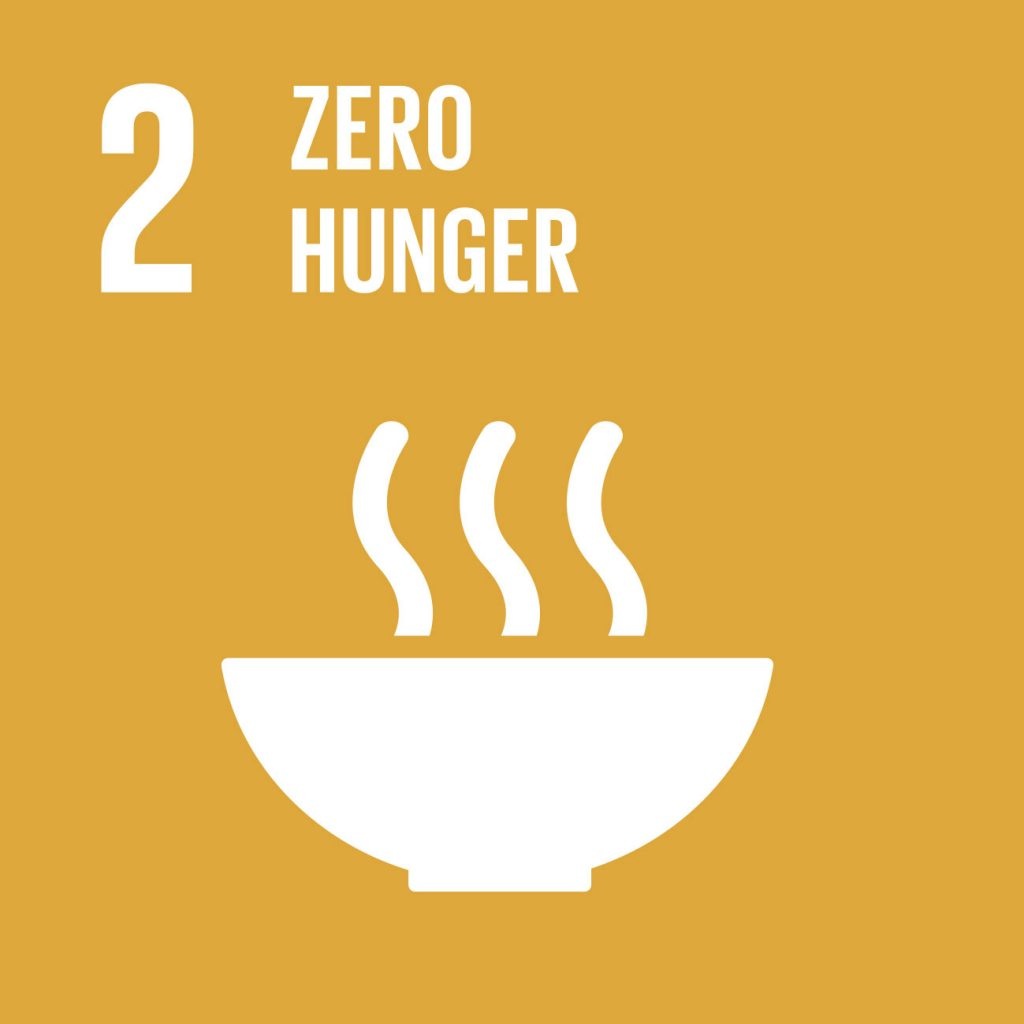
The project combines the socio-economic demands of the communities with local opportunities for more resilient economic activities, through the “Promotion of sustainable agricultural practices”. To this end, the project provides training and technical development actions for communities, in association with different partners and extension workers, in order to promote knowledge about the importance of reconciling good production practices with the preservation and maintenance of natural resources and to encourage the adoption of sustainable and adaptive production systems.

The project enables and encourages the development of sustainable and organic agricultural practices, without the use of chemical pesticides, exploring diversified and biodynamic crops, such as the adoption of agroforestry systems. This will help maintain the biodiversity of the local fauna and flora, and preserve water sources from contamination by chemical substances that are harmful to health. The use and dissemination of technologies for applying bio-based resources to generate bio-products, bio-inputs and the use of renewable energy sources, such as biogas, will be encouraged, to the detriment of the use of oil. To this end, the project relies on the support and collaboration of specialized partners in order to guarantee the effectiveness and engagement of stakeholders. These practices promoted by the project contribute positively to improvements in the health and quality of life of community residents in and around the project area, reducing the risks of death and illness caused by the indiscriminate use of hazardous chemicals, contamination and pollution of the air and water and soil.
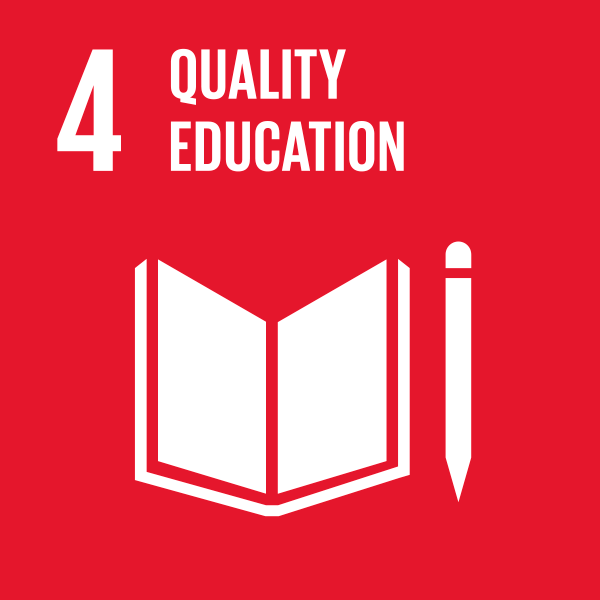
The project enables and encourages access to education by providing technical courses and training in environmental and socio-economic areas, especially in resilient agricultural production practices, developing and strengthening value chains, encouraging social organization and environmental education for the preservation of species threatened with extinction. It also provides specific training for the property surveillance team in the Project Area. To this end, it relies on the support and collaboration of specialized partners in order to guarantee the effectiveness and engagement of stakeholders. These training activities promoted by the project make it possible to strengthen human capital, consolidate a sense of belonging, provide access to information, improve employment conditions and diversify income, especially for small rural producers, and consequently maintain the forest and its resources.
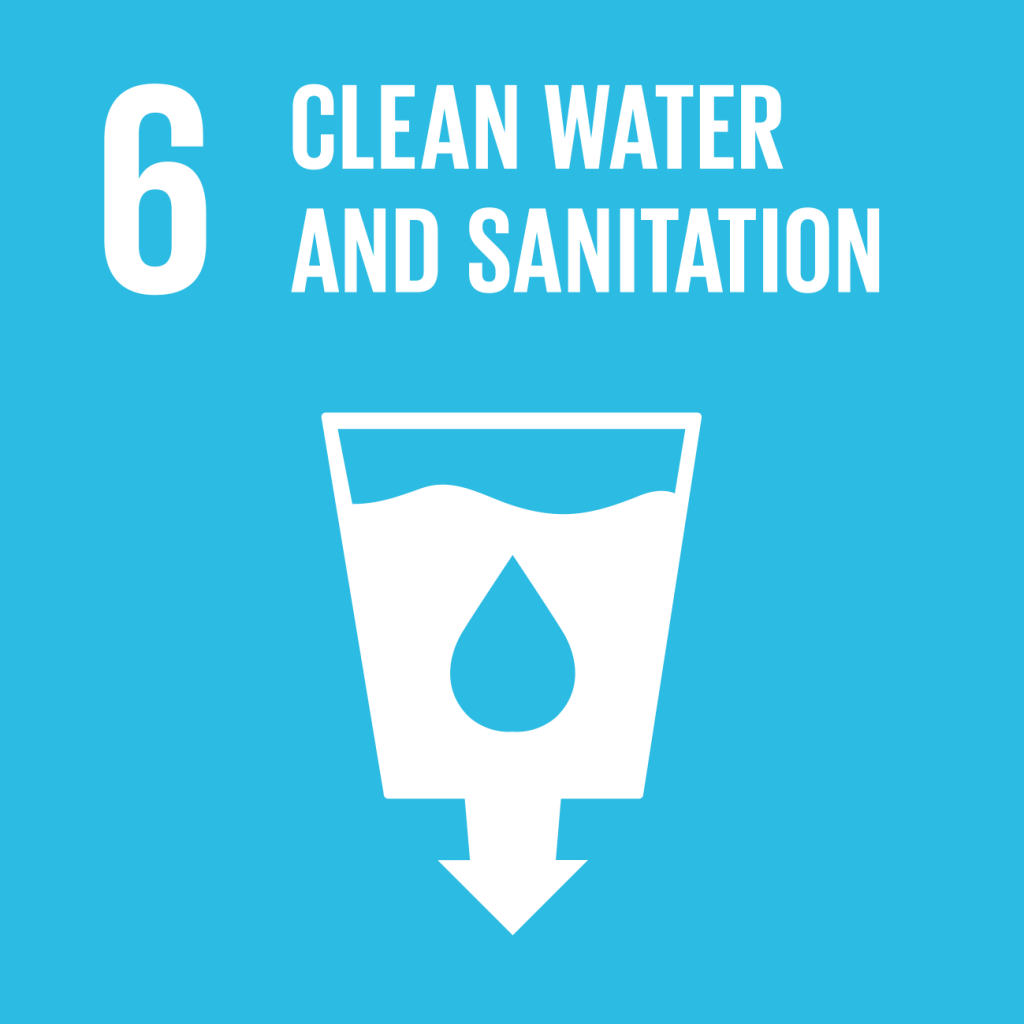
The main objective of a REDD+ Project is to conserve forest cover and its respective carbon stocks by curbing deforestation and forest degradation. An important activity of the project is the strengthening of patrimonial surveillance, ensuring the protection of the forest cover in the Project Area, as well as other activities that encourage the adoption of sustainable production practices as alternatives to deforestation. Thus, maintaining forests is essential for the provision of water ecosystem services and, consequently, the availability of water for all. They contribute to the process of regulating the hydrological cycle, influencing factors such as precipitation, water availability and purification, soil protection, lakes and watercourses.

The project encourages the “Promotion of sustainable production practices” with actions aimed at identifying potential activities related to resilient subsistence agriculture, extraction and management of forest products; according to the demand and profile of local communities. In this sense, the project works to disseminate knowledge, instructions and experiences focused on the efficient use of natural resources and environmental preservation; in addition to the “Development and Strengthening of Value Chains”, encouraging sustainable business chains through greater integration between stakeholders and regional markets, thus generating income, well-being and cultural identity for the communities fostered. As a result, the learning, engagement and willingness of these families to improve production and extraction practices increases the governance of the project and helps to maintain the forest cover and preserve its ecological aspects.
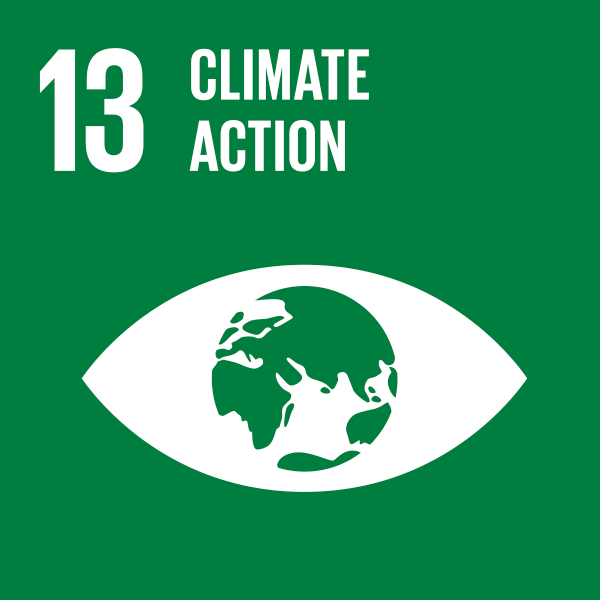
The activities developed by the project are geared towards sustainable practices, which contribute to reducing unplanned deforestation and forest degradation, and consequently reducing greenhouse gas emissions. The project has the potential to reduce GHG emissions by 5,937,887 tCO2 over 10 years by preventing deforestation in native forests. The activity of strengthening property surveillance will be carried out through the presence of agents in the Project Area, in an integrated manner with remote and continuous monitoring activities of deforestation and forest fires, allowing for a refinement in prevention actions, combating illegal activities and maintaining the forest.
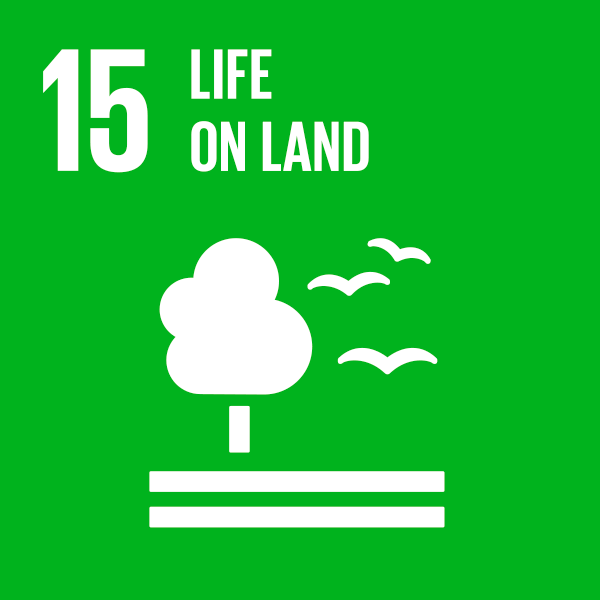
The main objective of a REDD+ project is to conserve forest cover and its respective carbon stocks by curbing deforestation and forest degradation. The project is located in and protects a large part of a region classified by the Ministry of the Environment (Ordinance No. 463 of 18/12/2018) as a Priority Area for the Conservation, Sustainable Use and Benefit Sharing of Brazilian Biodiversity and serves as an ecological corridor for preserved areas in the region, protecting endangered species of fauna and flora. In addition, the Ateles REDD+ Project is located in the Tapajós Endemism Center, a region with a high concentration of threatened and endemic species. From this context, the project aims to minimize habitat loss, landscape changes, overexploitation of species and climate change. To this end, it seeks to engage, involve and raise awareness among all interested parties about the importance of the biodiversity of fauna and flora in providing ecosystem services, maintaining landscape connectivity, controlling environmental degradation and limiting the overuse of natural resources. In addition, the systematic in situ monitoring of fauna and flora and the studies on natural and socio-economic resources already carried out, which are necessary to comply with CCB certification, will also contribute to integrating the values of ecosystems and biodiversity into national and local planning, development processes and strategies for poverty reduction and biodiversity conservation.


